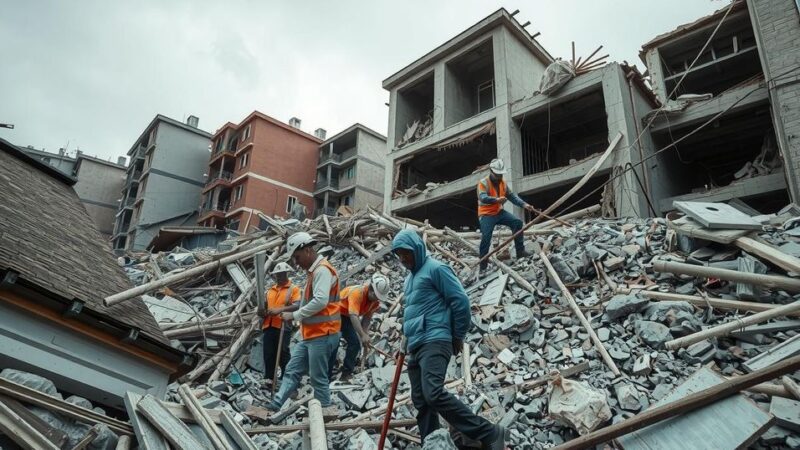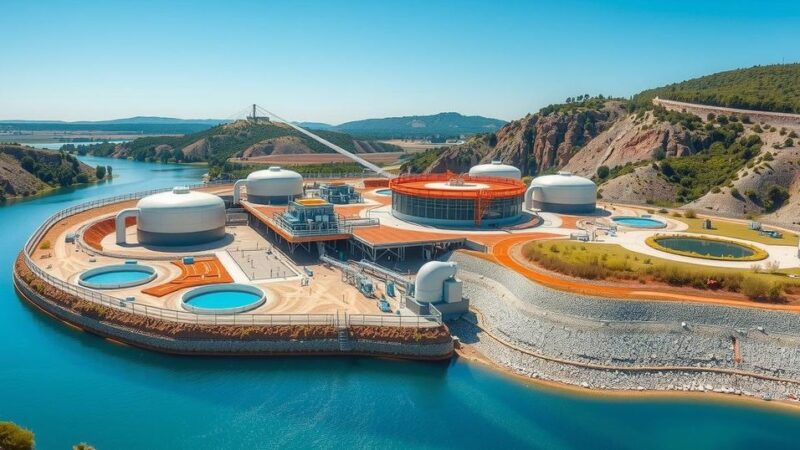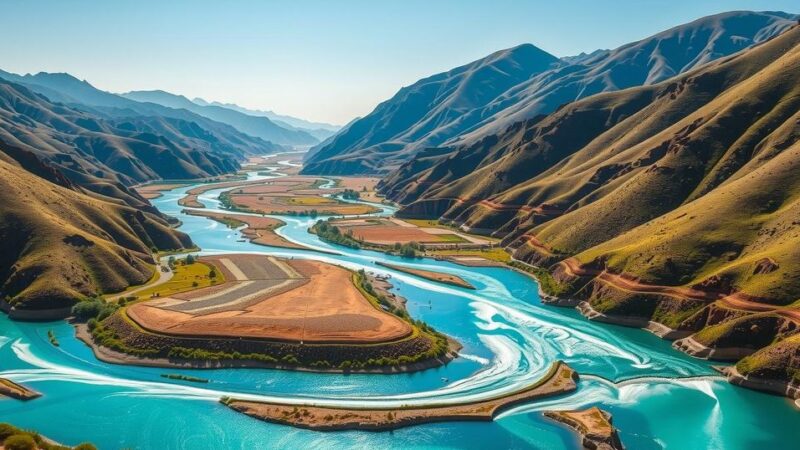Italian researchers have reported discovering substantial vertical shafts and an underground water system beneath the Giza Pyramid. Their findings suggest the existence of a concealed underground city, though skepticism persists within the academic community about the validity of these claims, pending peer review and further investigation.
Recent investigations by Italian researchers have intensified the intrigue surrounding a purported underground city located beneath Egypt’s pyramids. They have reported discovering substantial vertical shafts with spiral staircases, and an expansive limestone platform, estimated to be more than 2,100 feet below the Khafre Pyramid, containing channels reminiscent of pipelines. This subterranean system may extend even deeper into the Earth.
Using radar pulses akin to sonar technology, the team successfully crafted high-resolution images of the subsurface. Although these assertions have sparked skepticism among some experts, with allegations of exaggeration, the researchers assert there exists “an entire hidden world of many structures” beneath the water system that has been identified. Corrado Malanga from the University of Pisa stated, “When we magnify the images [in the future], we will reveal that beneath it lies what can only be described as a true underground city.”
The findings, which await peer review, also propose that the Khafre Pyramid may conceal significant revelations, including the mythical Hall of Records attributed to ancient Egyptian lore. This legend suggests a hidden space containing vital knowledge relating to the civilization’s history. Professor Lawrence Conyers from the University of Denver expressed skepticism about the capacity of technology to penetrate such depths, labeling the notion of an underground city as “a huge exaggeration.”
Nonetheless, Professor Conyers acknowledged the possibility of smaller structures existing below the pyramids, as these sites were deemed important to ancient peoples, paralleling practices seen in Mesoamerica where ceremonial caves were often located beneath pyramid structures. The project’s spokesperson, Nicole Ciccolo, has released recent video content of the research discussions, emphasizing that the results are currently unverifiable until published in a scientific journal.
Focusing primarily on the Khafre Pyramid, one of the trio constituting the Giza complex built approximately 4,500 years ago, the researchers identified vertical shafts measuring between 33 and 39 feet in diameter and positioned 2,130 feet underground. These structures may provide essential support for the colossal weight of the pyramid. Further discoveries included two massive square enclosures roughly 260 feet on each side, with shafts that descend into the ground.
The team produced radar images depicting the Khafre Pyramid alongside these shafts, revealing what they interpret as a “complex, luminous structure” indicative of an underground city. Ciccolo remarked, “The existence of vast chambers beneath the earth’s surface… have a remarkably strong correlation” with the legendary Halls of Amenti. Additionally, Malanga and Biondi had previously revealed findings of concealed rooms and thermal anomalies near the pyramid, demonstrating the depth of their research.
In conclusion, the discoveries of the Italian research team regarding potential subterranean structures beneath the Giza Pyramid raise significant questions about ancient Egyptian civilization. The claims of vertical shafts, massive enclosures, and a water system support the existence of an underground city, despite skepticism from some experts. As the research progresses towards publication and peer review, the archaeological community remains watchful for validation and further exploration of these extraordinary findings.
Original Source: www.tbsnews.net






